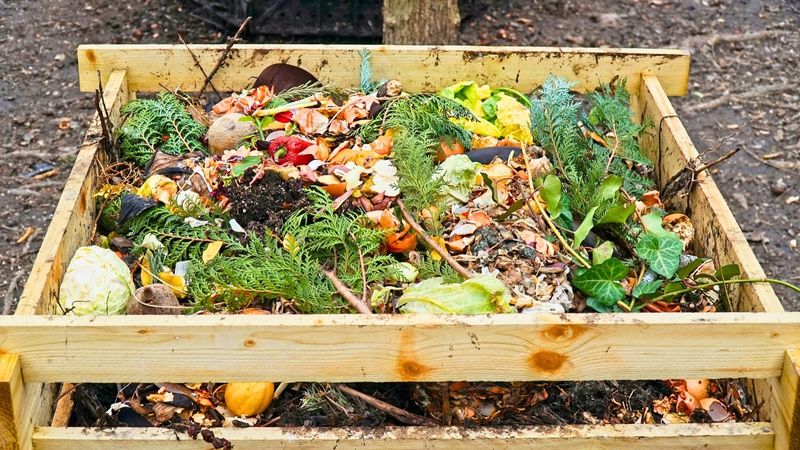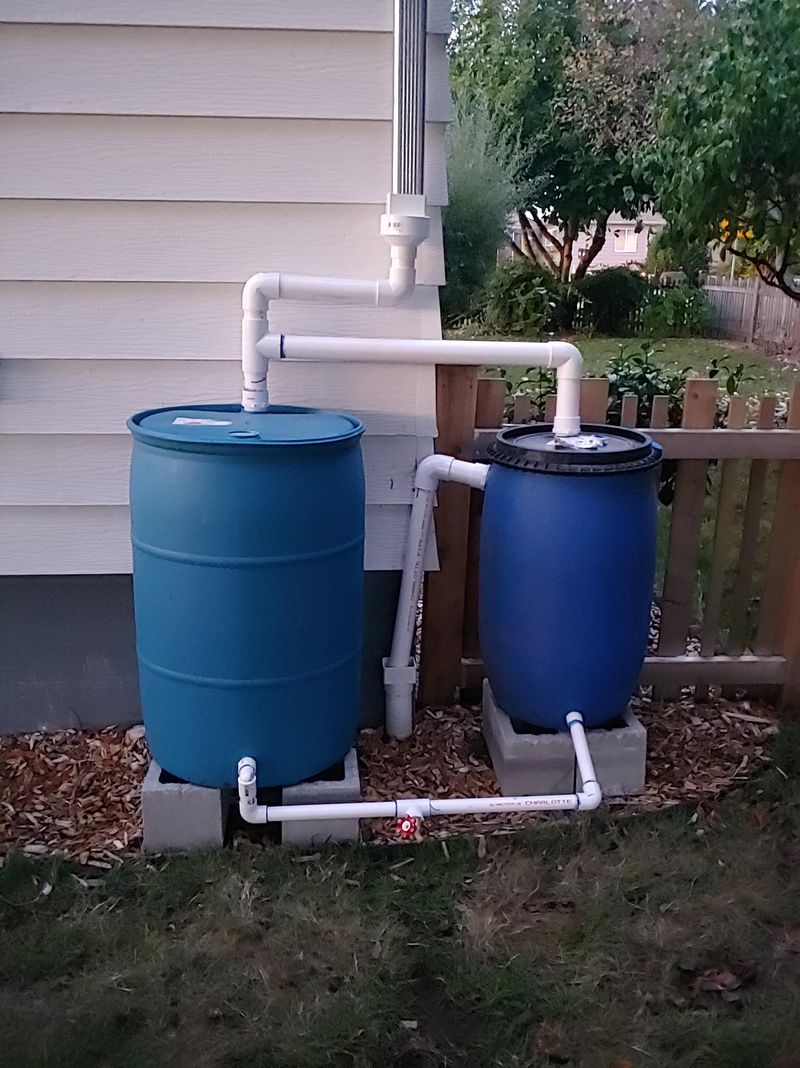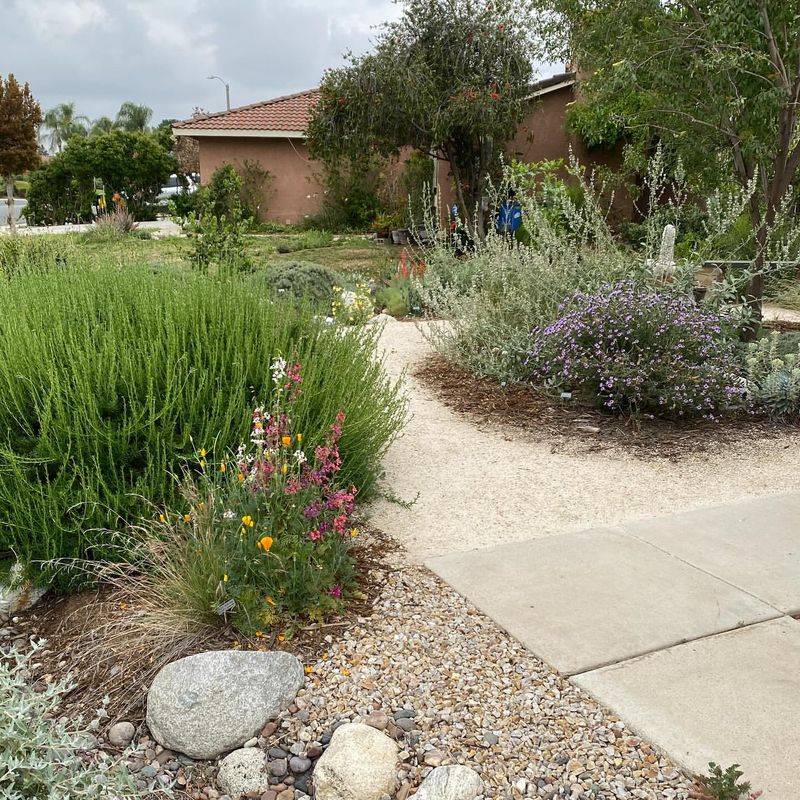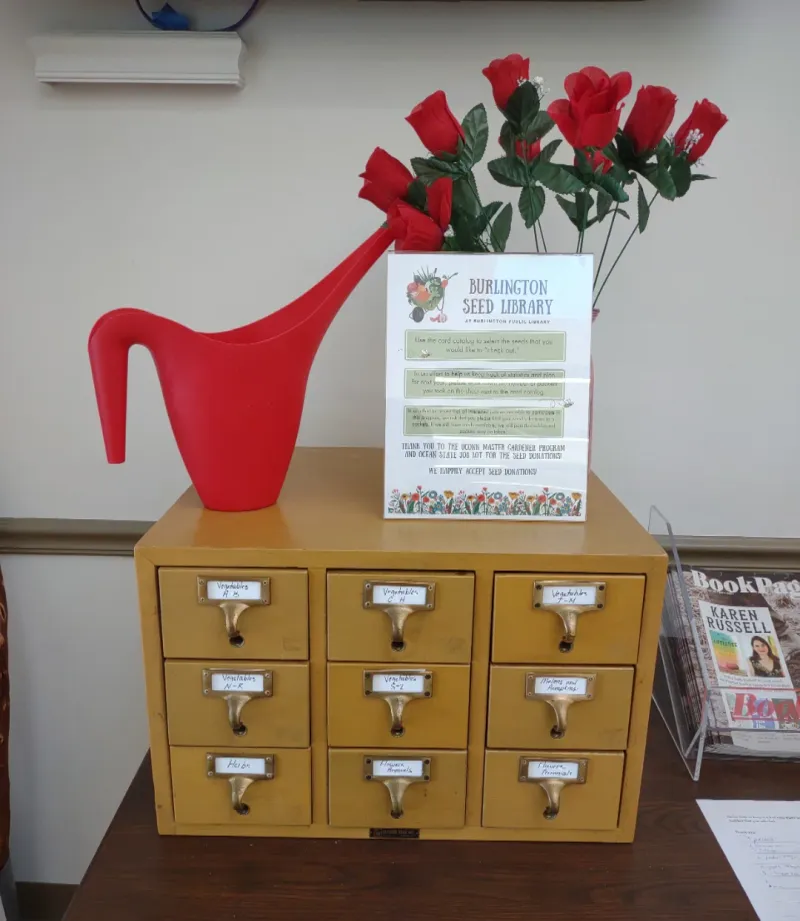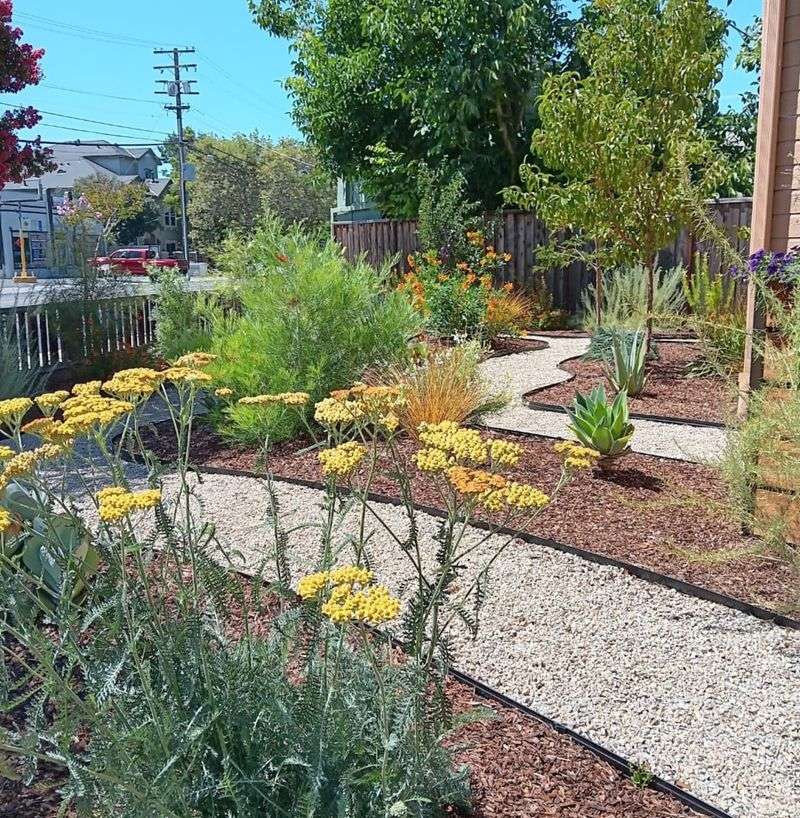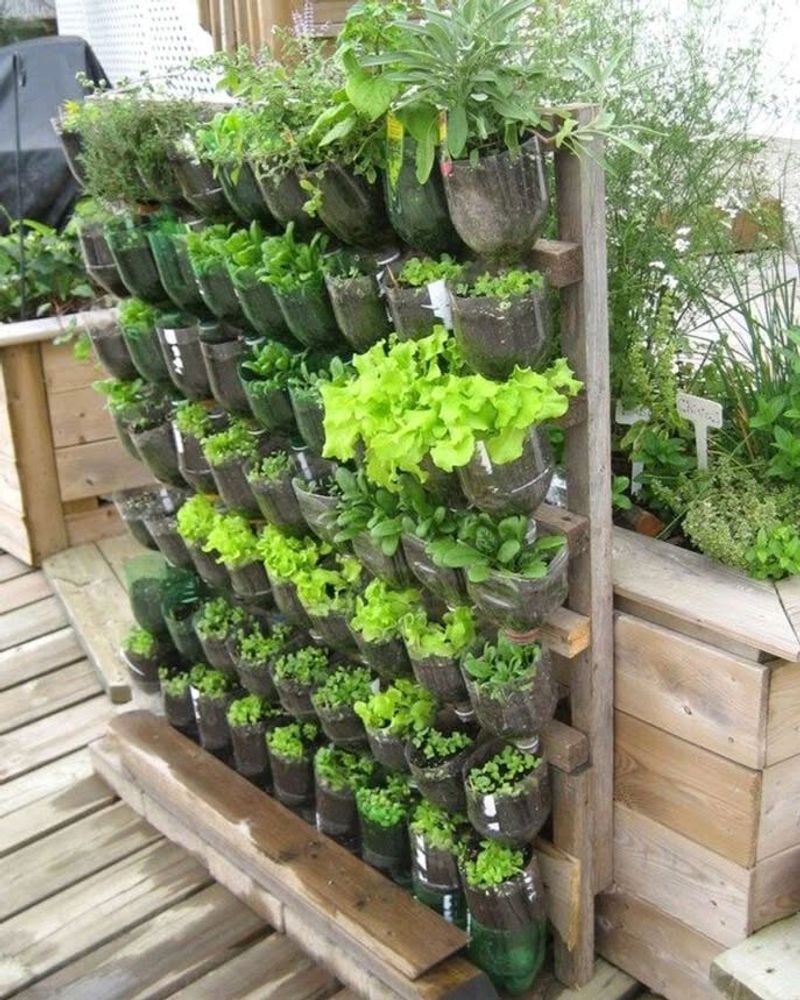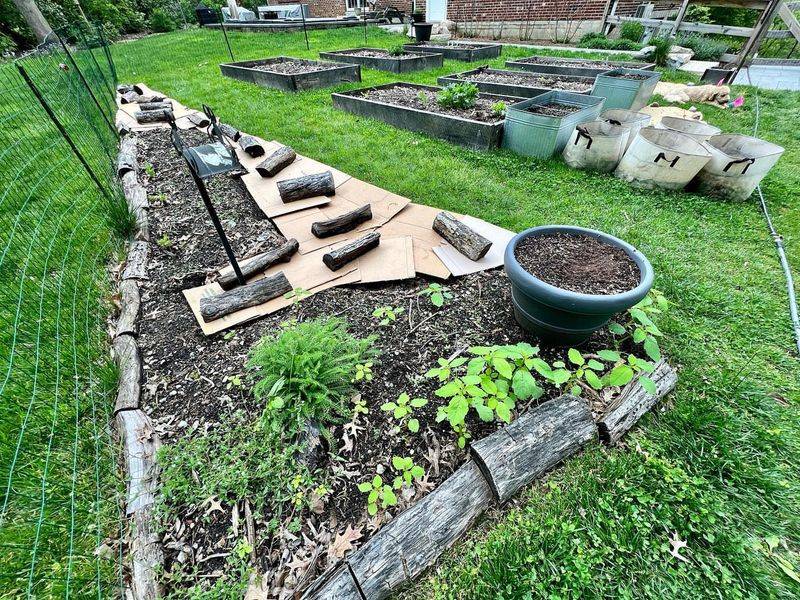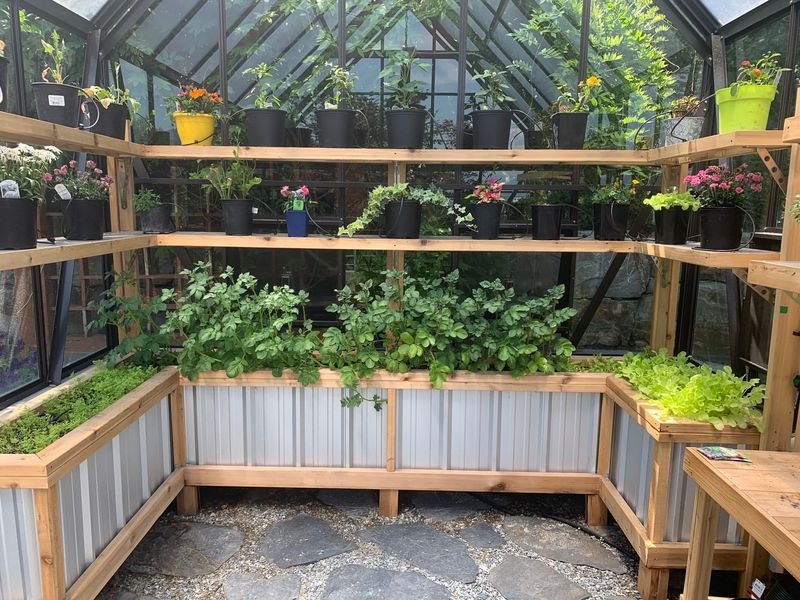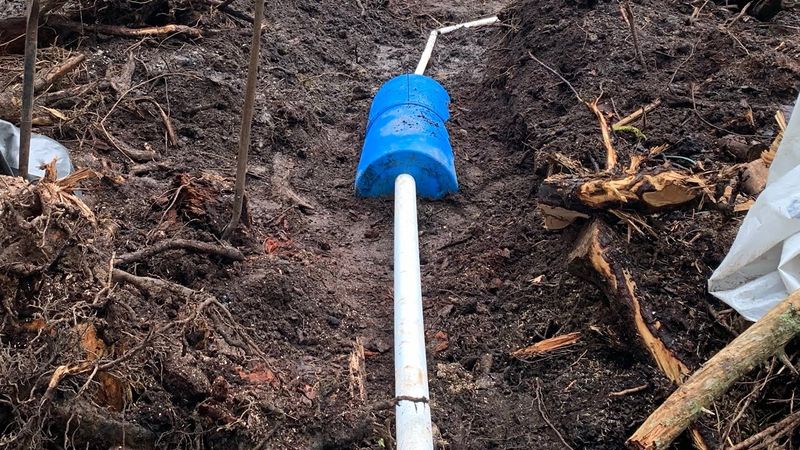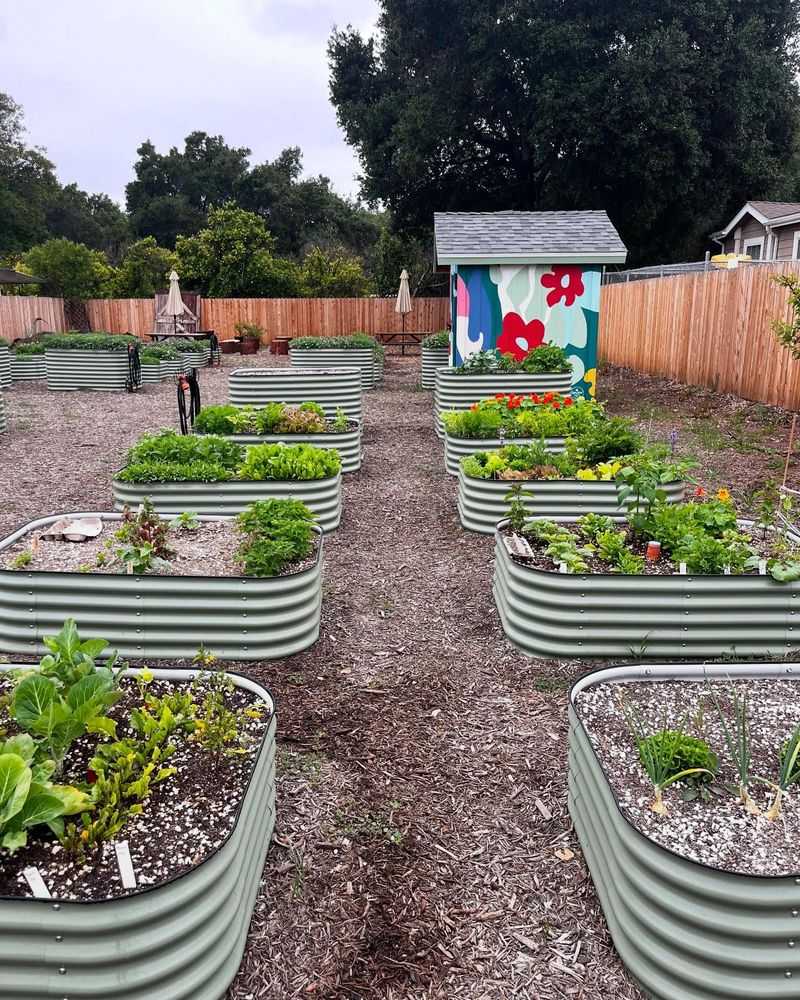Gardening in California doesn’t have to drain your wallet. With our state’s unique climate and growing conditions, smart gardeners can create beautiful outdoor spaces without spending a fortune.
California’s sunshine and diverse growing zones offer perfect conditions for budget-friendly gardening that’s both rewarding and sustainable.
1. Start A Compost Pile
Kitchen scraps and yard waste transform into garden gold when you start composting. Coffee grounds, vegetable peels, and fallen leaves break down into nutrient-rich soil that plants love.
A simple wire bin or even a designated corner of your yard works perfectly. No need for fancy equipment! Your plants will thrive with this free fertilizer, and you’ll reduce household waste simultaneously.
2. Collect Rainwater
Rain barrels capture free water that would otherwise rush down your gutters and away from your garden. During California’s occasional downpours, a single barrel can collect hundreds of gallons of irrigation water.
Many counties offer rebates for rain barrel installation. Position them under downspouts for maximum collection. Your plants prefer rainwater anyway—it’s free of chlorine and other chemicals found in tap water.
3. Grow Native Plants
California poppies, manzanita, and sage thrive naturally in our climate with minimal care. Native plants have adapted to local conditions over thousands of years, requiring less water, fertilizer, and maintenance than exotic varieties.
Local nurseries often carry native seedlings at reasonable prices. Once established, these plants practically take care of themselves while attracting beneficial wildlife. Their deep root systems help prevent erosion on slopes too!
4. Create DIY Seed Starters
Egg cartons, yogurt cups, and newspaper pots make perfect homes for seedlings without costing a dime. Simply poke drainage holes in repurposed containers, fill with potting mix, and plant your seeds.
Paper egg cartons can be planted directly into the ground as they decompose naturally. Starting seeds at home saves money compared to buying established plants. Plus, you’ll have the satisfaction of nurturing plants from their very beginning!
5. Join A Seed Library
Many California communities have seed libraries where gardeners borrow seeds for free, then return new seeds after harvest. Check your local library or garden club for these programs.
Seed libraries preserve heirloom varieties and promote biodiversity in our gardens. The only cost is your promise to save some seeds at season’s end. You’ll discover unusual varieties that might not be available at commercial nurseries!
6. Mulch With Free Materials
Tree services often give away wood chips for free just to avoid disposal fees. Call local companies or check the ChipDrop app to request a delivery of this garden gold.
Fallen leaves, pine needles, and grass clippings also make excellent free mulch. A 2-3 inch layer around plants conserves moisture, suppresses weeds, and gradually improves soil quality. Your water bill will shrink while your plants thrive!
7. Practice Companion Planting
Marigolds planted alongside tomatoes naturally repel pests, while basil improves tomato flavor. This ancient gardening technique uses plant relationships to boost growth and reduce pest problems without chemicals.
Native Americans pioneered the famous “Three Sisters” method—corn, beans, and squash growing together. The corn provides support, beans fix nitrogen, and squash leaves shade the soil. Nature’s partnerships save you money on fertilizers and pesticides!
8. Create A Drought-Tolerant Design
Group plants with similar water needs together to maximize irrigation efficiency. Succulents, lavender, and rosemary thrive in sunny, dry areas while requiring minimal water.
Replace thirsty lawns with beautiful gravel pathways between planting beds. Many water districts offer rebates for removing grass! The money you save on water bills will quickly offset any initial costs while creating a distinctly California landscape.
9. Propagate From Cuttings
Many California favorites like lavender, rosemary, and succulents grow easily from cuttings. Simply snip a healthy stem, remove lower leaves, and place in water or directly into soil.
Ask friends for cuttings from their established plants—most gardeners love to share! Within weeks, you’ll have new plants completely free of charge. Succulents are especially easy—even a fallen leaf can root and form a whole new plant.
10. Vertical Gardening With Recycled Materials
Old pallets, shoe organizers, and gutters transform into space-saving vertical gardens perfect for small California patios. Secure these items to sunny walls and fill with soil and plants.
Strawberries, herbs, and lettuce grow beautifully in vertical spaces. You’ll maximize your growing area without expanding your garden’s footprint. Vertical gardens also reduce weeding and make harvesting easier—no bending required!
11. Embrace Sheet Mulching
Convert lawn areas to garden beds without renting equipment by using cardboard, newspaper, and organic materials layered directly over grass. This “lasagna gardening” technique naturally kills grass while building rich soil.
Wet cardboard forms the bottom layer, followed by compost, leaves, and mulch. By spring, you’ll have perfect planting beds with minimal effort. The cardboard attracts earthworms that tunnel through, aerating your new garden naturally!
12. Grow High-Value Crops
Fresh herbs like basil and cilantro cost several dollars per bunch at stores but grow easily in California gardens. Focus on expensive produce to maximize your garden’s return on investment.
Cherry tomatoes, bell peppers, and specialty greens deliver big savings compared to grocery prices. A single basil plant provides dozens of harvests throughout our long growing season. Calculate potential savings before planting to make smart choices!
13. Use Greywater Systems
Laundry and shower water can safely irrigate ornamental plants with simple diversion systems. California’s greywater-friendly plumbing codes make these systems increasingly accessible to homeowners.
Even manually carrying shower warm-up water to garden plants saves hundreds of gallons annually. Plants don’t need drinking-quality water to thrive! Use biodegradable soaps to ensure your greywater remains plant-friendly.
14. Create Microclimates
South-facing walls radiate heat that extends the growing season for heat-loving plants like tomatoes and peppers. Meanwhile, north-facing areas provide perfect conditions for lettuce and spinach even during warm months.
Large rocks absorb daytime heat and release it overnight, protecting sensitive plants from cold snaps. Understanding these natural microclimates lets you maximize your garden’s productivity without spending on structures or heating systems.
15. DIY Natural Pest Control
Garlic spray deters aphids while a mixture of dish soap and water controls many soft-bodied insects. These homemade solutions cost pennies compared to commercial pesticides.
Encourage beneficial insects by planting sweet alyssum and yarrow. Ladybugs and lacewings will naturally control pest populations. A shallow dish of beer effectively traps slugs and snails without expensive baits.
16. Grow Cover Crops
Winter cover crops like fava beans and clover add nitrogen to soil naturally during California’s rainy season. These green manures improve soil structure while preventing erosion and weed growth in otherwise empty beds.
Simply cut plants down before they seed and either compost them or turn them into the soil. The decomposing plants feed soil microbes and add organic matter. You’ll spend less on fertilizers while building healthier soil year after year!
17. Join Community Gardens
Many California cities offer community garden plots for minimal annual fees. These shared spaces often provide water, tools, and compost that would be expensive for individual gardeners.
Beyond resource sharing, you’ll gain valuable knowledge from experienced gardeners familiar with local conditions. Most community gardens host seed swaps and workdays that build skills while creating connections. Your small plot fee provides access to a wealth of gardening resources!


